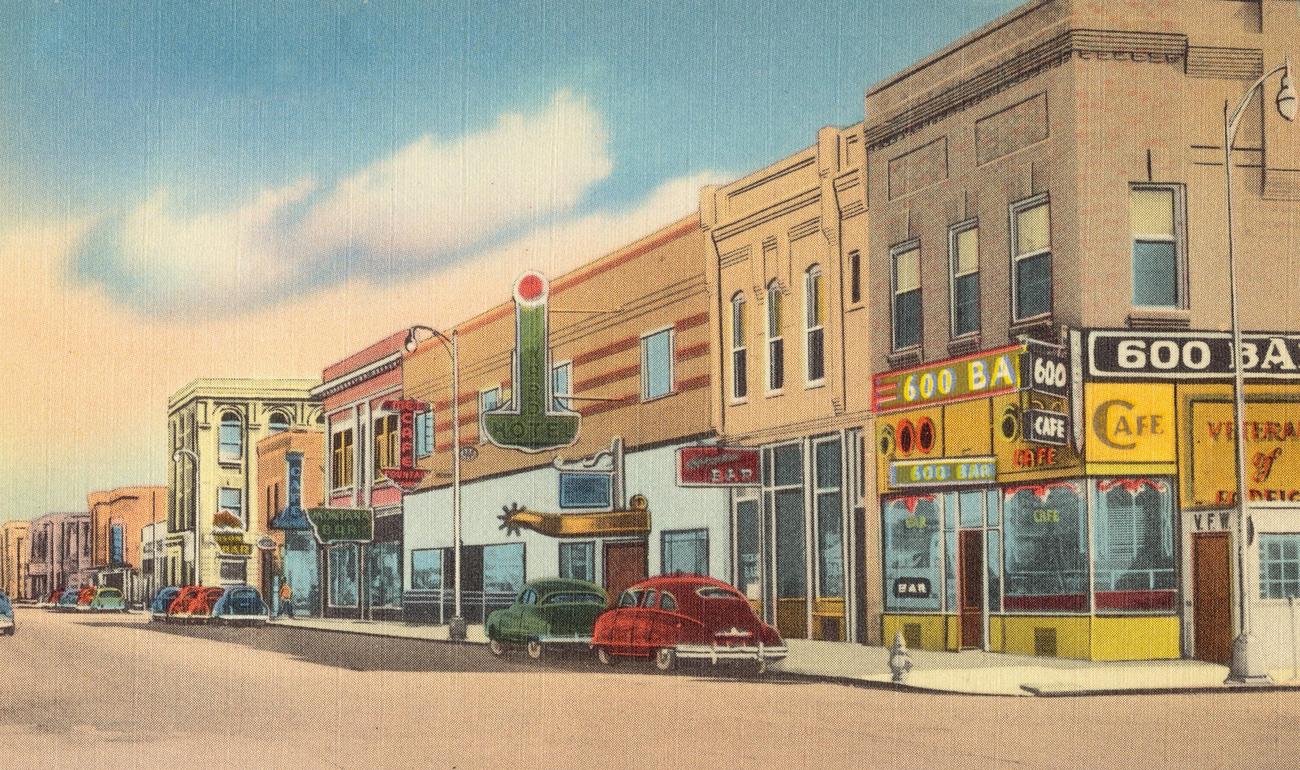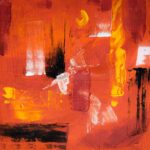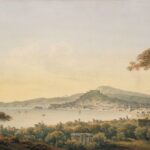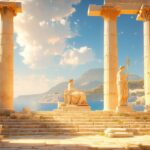Welcome to the fascinating world of painting! In this article, we will embark on a captivating journey through the rich tapestry of history, unraveling the mesmerizing story of painting. As a passionate art historian and writer, I have devoted years to exploring the significance of art movements and the profound impact they have had on society. Drawing upon my expertise in contextualizing and analyzing the evolution of painting styles and techniques, I invite you to join me as we delve into the depths of artistic expression and discover how the brushstrokes of the past have shaped our present. So, fasten your seatbelts and prepare to be enchanted by the enchanting narratives that lie within the history of painting.

History Of Painting
Painting is an ancient and captivating form of artistic expression that has evolved and flourished across different cultures, continents, and millennia. From the earliest cave paintings to the masterpieces of the Renaissance and the vibrant works of contemporary artists, the history of painting is a testament to the boundless creativity of humanity.
The Origins of Painting
The origins of painting can be traced back approximately 40,000 years ago, when the first known paintings were created in the Franco-Cantabrian region in western Europe and the caves in Sulawesi, Indonesia. These cave paintings provide us with glimpses into the artistic expressions of prehistoric cultures, although their significance and meaning remain largely a mystery. Were they created for hunting purposes, as a reflection of animistic beliefs, or as a way to transmit practical information? Only the walls of the caves hold the untold stories.
“Cave paintings are windows into the artistic expressions of prehistoric cultures, serving as a fascinating glimpse into our ancient past.”
Ancient Civilizations and Their Artistic Traditions
Ancient civilizations such as Egypt, Greece, and Rome had strong traditions of architecture, sculpture, and mural paintings. They incorporated art into their daily lives, using it to adorn their temples, tombs, and homes. From the stunning hieroglyphic murals in Egyptian tombs to the exquisite frescoes of Pompeii, these ancient artworks provide us with insights into the beliefs, customs, and lives of the people who created them.
“The art of ancient civilizations allows us to step into their world, revealing their dreams, hopes, and legacies.”
The Influence of Eastern Painting
Eastern painting has a rich and diverse history, influenced by various cultures, religions, and artistic traditions. Often preceding the development of Western painting, Eastern art showcases unique techniques, styles, and subject matters. African, Jewish, and Islamic art have all left their indelible mark on the history of painting, contributing to the vibrant and varied artistic traditions across Asia.
“Eastern painting has a timeless quality, embodying centuries of cultural richness and diversity.”
The History of Painting in the Americas
In the Americas, the history of painting is entwined with the exploration and settlement by Europeans. As these new lands were discovered and colonized, diverse artistic traditions emerged in North, Central, and South America. From the intricate Native American rock art of the Southwest to the vibrant Mesoamerican murals, the paintings of the Americas tell stories of ancient civilizations and their unique artistic expression.
“The paintings of the Americas weave a tapestry of cultural diversity, reflecting the rich heritage of indigenous peoples and the impact of European influences.”
From the Cave to the Canvas
Throughout history, painting has evolved and transformed, embracing new techniques, styles, and themes. From the classical beauty of Renaissance masterpieces to the bold experimentation of modern and contemporary art, each era has left its mark on the canvas. The history of painting is a journey through time, reflecting the changing aesthetics, beliefs, and societal shifts that shape our world.
“Through the brushstrokes of artists throughout the ages, the history of painting becomes a vivid tapestry that connects the past, present, and future.”
Did you know that there are so many fascinating facts about painting out there? From ancient civilizations to modern techniques, the world of art is full of wonders waiting to be explored. If you’re curious about the history, techniques, and styles involved in painting, click here to discover some incredible facts about painting. Don’t miss out on this opportunity to deepen your knowledge and appreciation for the incredible world of art. So what are you waiting for? Get ready to be amazed and click on this link to explore the captivating world of painting: facts about painting.
The world of art and culture is an awe-inspiring realm that has captivated humanity for centuries. In this fascinating journey through artistic expression, one cannot overlook the captivating medium of painting. While many may appreciate the strokes and colors on a canvas, few truly understand the historical significance behind this age-old tradition. Dive into the rich tapestry of the “History Of Painting” as we explore its roots, evolution, and the profound impact it has had on our society.
As you immerse yourself in the enchanting realm of art and culture, it is impossible to ignore the profound influence of painting. The art form has been a cornerstone of human expression for generations, allowing us to convey emotions, document historical events, and explore the depths of our imaginations. Unleash your curiosity and click here to discover more about the fascinating world of painting and its ever-evolving nature. And if you’re ready to explore the broader spectrum of art and culture, make sure to check out our comprehensive guide on the topic as well.
Step into the realm of artistic mastery and embark on a captivating journey through the “History Of Painting.” From the captivating works of Leonardo da Vinci to the surrealist masterpieces of Salvador Dali, this intriguing art form has traversed time and culture, leaving behind a trail of inspiration and wonder. Delve into our article as we unravel the brushstrokes that have shaped the course of art history. To begin your exploration into this world of endless creativity, simply click here.
Within the vast canvas of our collective cultural heritage, painting stands tall as a testament to the depths of human imagination and ingenuity. As you navigate the captivating corridors of art and culture, don’t miss the opportunity to delve into the mesmerizing world of painting. Discover the rich history, techniques, and iconic masterpieces that have shaped this timeless art form. Click here to uncover the captivating tale of painting’s evolution and its enduring impact on society. And don’t forget to immerse yourself in the broader world of art and culture through our in-depth guide.
Art Movements: A Journey Through Time
[youtube v=”JWtOFF0iSbo”]
The history of art is a testament to the creative spirit that has existed in humans for thousands of years. From the earliest cave paintings to the abstract and expressive works of modern times, art has evolved alongside advancements in technology, knowledge, and society. In this article, we will take a closer look at some of the most influential art movements throughout history.
The story begins 40,000 years ago with the first visual art created by our Neanderthal ancestors. Even before the existence of written language, these early humans expressed their creativity through cave paintings and rock engravings. These artworks depicted scenes of the hunt and reflected the primal need for survival.
One notable exception to this early art movement is the Venus of Willendorf, a small sculpture of a nude woman believed to be a fertility goddess. This artifact signifies the beginning of symbolic and abstract thought in art—a concept that would shape all future art movements.
As civilization advanced in Mesopotamia, Egypt, Greece, Persia, China, and Rome, art played a significant role in enforcing religious and political ideologies. From the carved stone “Code of Hammurabi” to the intricate sculptures of Gian Lorenzo Bernini, these societies used art as a means of storytelling and propaganda.
The Medieval period saw a shift in focus, with art becoming more centralized around religious figures and messages. The church gained power, and artists aimed to convey religious teachings through their works. Gold and jewels were used extensively to attract worshippers and elevate the status of the church.
The Renaissance period brought a rebirth of appreciation for art, music, and culture. Artists drew inspiration from the classical art of Ancient Rome and Greece, resulting in symmetrical architecture, anatomically correct sculptures, and portrait paintings. The development of the printing press also made art more accessible, leading to a cultural explosion throughout Europe.
Following the opulence of the Renaissance, the Baroque movement emphasized extravagance and emotion in art. Caravaggio’s use of light and shadows created dramatic scenes, while architects embellished their designs with ornate carvings and domed ceilings. The Rococo period that followed embraced whimsical narratives, lighter pastel colors, and elaborate ornamentation.
In contrast, Neoclassicism saw a return to simplicity and the principles of Ancient Rome and Greece. Artists focused on classic-looking subjects, minimal use of color, attention to lines and symmetry, and clear definition of forms and figures. This art movement exemplified the ideological shift towards rationalism and enlightenment.
The Romantic period explored the spiritual side of humanity, expressing the value of personal freedom and the essence of the natural world. Artists found inspiration in their own imaginations and the nature around them. Meanwhile, Realism emerged as an art movement that depicted real people in everyday life, challenging societal norms and giving a voice to the marginalized.
Impressionism broke away from traditional artistic techniques, with artists painting outdoors to capture the transient presence of sunlight and movement. Brushstrokes became visible, blending was minimal, and vivid colors were used to evoke emotion. Post-Impressionism built upon this style, incorporating bold colors and abstract forms to convey subjective visions.
Expressionism, rooted in poetry and painting, depicted the world from a subjective point of view. Artists distorted scenes on canvas to align with their emotions and ideas, often using vivid colors and disfigured subjects. This movement offered a new definition of beauty that celebrated the internal chaos of the human experience.
Art Nouveau modernized artistic progression by returning to nature and incorporating sinuous lines and geometric forms. Cubism represented a revolutionary break from previous art movements, breaking down subjects and emphasizing abstract forms on a flat canvas. Futurism celebrated the energy of the modern world and rejected traditional values.
The aftermath of World War I gave rise to Dada, an anti-war movement that aimed to destroy traditional artistic values and create something new. Surrealism tapped into the power of the subconscious, challenging reality through juxtaposition of unrealistic subject matter with realistic painting styles. Bauhaus sought to bring art into everyday life by embracing abstract styles and geometric shapes.
Abstract Expressionism, the first American movement to gain international recognition, incorporated the trauma of war and the spontaneity of Surrealism. Action painters like Jackson Pollock and color field painters like Mark Rothko showcased their individualism and created meditative works of art.
Throughout history, art movements have reflected the spirit of their time and expressed the emotions, ideas, and values prevalent in society. They have pushed boundaries, challenged perceptions, and left lasting impressions on the art world. As we continue to evolve, new art movements will surely emerge, adding to the ever-growing tapestry of human creativity.
FAQ
Question 1
What are the oldest known paintings in the world?
Answer 1
The oldest known paintings are approximately 40,000 years old and were found in the Franco-Cantabrian region in western Europe and in the caves in the district of Maros, Sulawesi, Indonesia.
Question 2
Which ancient civilizations had strong traditions of painting?
Answer 2
Ancient civilizations such as Egypt, Greece, and Rome had strong traditions of architecture, sculpture, and mural paintings.
Question 3
How has Eastern painting been influenced?
Answer 3
Eastern painting has been influenced by various cultures and religions, with developments typically occurring a few centuries earlier than in Western painting.
Question 4
Where are cave paintings found and what purposes did they serve?
Answer 4
Cave paintings are found all over the world and may have been created for various purposes such as hunting, animistic beliefs, or practical information transmission. Some famous examples of cave paintings include those in Lascaux, France, Altamira, Spain, and Bhimbetka, India.
Question 5
What did the discovery of ancient cave paintings reveal?
Answer 5
The discovery of ancient cave paintings, such as the 43,900-year-old pig hunting paintings in Sulawesi, Indonesia, shed light on the earliest forms of figurative artwork and storytelling.









